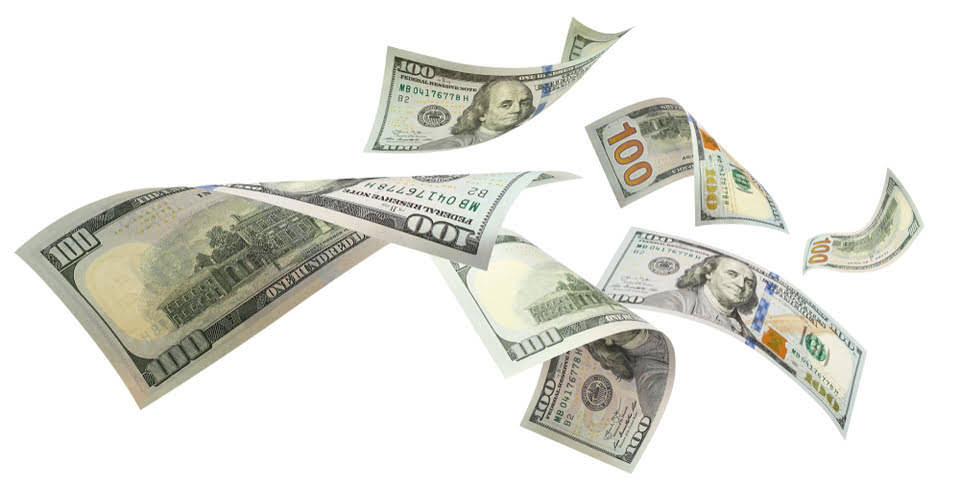
Because accounts receivable is contribution margin a current asset, it contributes to a company’s liquidity or ability to cover short-term obligations without additional cash flows. For instance, if a company receives inventory worth $2,000 with payment terms of 30 days, this $2,000 will be logged as an AP entry detailing the payment date and vendor information. This tracking helps with managing cash flow and fulfilling obligations on time.
- Accounts receivable are an important element in fundamental analysis, a common method investors use to determine the value of a company and its securities.
- This would split accounts receivable into three past- due categories and assign a percentage to each group.
- This money is typically collected after a few weeks and is recorded as an asset on your company’s balance sheet.
- Accounts receivable (AR) is an accounting term for money owed to a business for goods or services that it has delivered but not been paid for yet.
- For example, when companies account for bad debt expenses in their financial statements, they will use an accrual-based method; however, they are required to use the direct write-off method on their income tax returns.
- When you have a system to manage your working capital, you can stay ahead of issues like these.
- Having a smaller number of days’ sales in receivables means that on average, the company is converting its receivables into the cash needed to pay its current liabilities.
Where Does Accounts Receivable Appear on the Balance Sheet?

Accounts payable and accounts receivable have distinct impacts on a business’s cash flow. Accounts payable (AP) signifies cash outflows since a company needs to make payments to suppliers, directly reducing available cash. Conversely, accounts receivable are assets when a customer owes the company money. For instance, if a customer has purchased $3,000 worth of goods on credit, this amount is logged under AR, indicating future income expected from that customer.

Financial Controller: Overview, Qualification, Role, and Responsibilities
Another category might be 31–60 days past due and is assigned an uncollectible percentage of 15%. All categories of estimated uncollectible amounts are summed to get a total estimated uncollectible balance. That total is reported in Bad Debt Expense and Allowance for Doubtful Accounts, if there is no carryover balance from a prior period. If there is a carryover balance, that must be considered before recording Bad Debt Expense. The balance sheet aging of receivables method is more complicated than the other two methods, but it tends to produce more accurate results. The balance sheet aging of receivables method estimates bad debt expenses based on the balance in accounts receivable, but it also considers the uncollectible time period for each account.

How Do Accounts Payable And Receivable Impact Business Credit?
Cutting a customer off in this way can signal that you’re serious about getting paid. Simply getting on the phone with a client and reminding them about unpaid invoices can often be enough to get them to pay. Sending email reminders at regular intervals—say, after 15, 30, 45, and 60 days—can also help jog your customers’ memory. You (or your bookkeeper) record it as an account receivable on your end, because it represents money you will receive from someone else. Here’s an example of an accounts receivable aging schedule for the fictional company XYZ Inc.
- Investors and analysts keep a close eye on the operating section of the income statement to gauge management’s performance.
- In other cases, businesses routinely offer all of their clients the ability to pay within some reasonable period after receiving the products or services.
- You (or your bookkeeper) record it as an account receivable on your end, because it represents money you will receive from someone else.
- The balance sheet method is another simple method for calculating bad debt, but it too does not consider how long a debt has been outstanding and the role that plays in debt recovery.
- Usually, these balances are short-term and classified as current assets.
- Accounts receivable is a part of the balance sheet and falls under current assets.
Bad Debt Estimation
Most people confuse accounts receivable with revenues since both come from the same transaction. As mentioned above, revenues represent economic inflows during an accounting period. However, accounts receivable does not constitute an inflow at that time. https://www.facebook.com/BooksTimeInc This feature sets it in line with assets more than revenues or income.
- Besides his extensive derivative trading expertise, Adam is an expert in economics and behavioral finance.
- The IRS’s Business Expenses guide provides detailed information about which kinds of bad debt you can write off on your taxes.
- In this case, there is more to the company’s balance sheet and cash flow statements differences per its accounts receivables than its allowances for doubtful accounts seems responsible for.
- Depending on the agreement between company and client, the payment might be due in anywhere from a few days to 30 days, 60 days, 90 days, or, in some cases, up to a year.
- As mentioned above, these define inflows and outflows of economic benefits during a period, respectively.

On the income statement, the $50k is recognized as revenue per accrual accounting policies but recorded as accounts receivable too since the payment has not yet been received. Whether cash payment was received or not, revenue is still recognized on the income statement and the amount to be paid by the customer can be found on the accounts receivable line item. Furthermore, accounts receivable are classified as current assets, because the account balance is expected from which accounts are found on an income statement the debtor in one year or less. Other current assets on a company’s books might include cash and cash equivalents, inventory, and readily marketable securities.
Does accounts receivable count as revenue?
The accounts receivable does not go on the income statement on its own. Therefore, it becomes a part of the balance sheet and falls under assets. Usually, these balances are short-term and classified as current assets. On top of that, accounts receivable also meet the definition for assets set by accounting standards.


